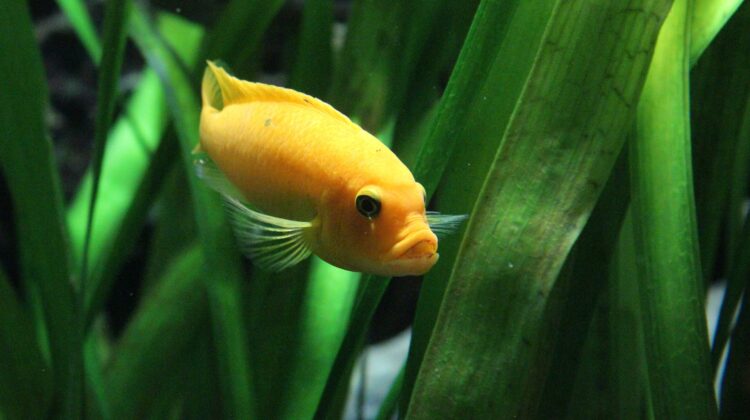
One of the problems many new aquarists have is choosing which plants to buy – it can be all too easy to accidentally buy non-aquatic plants, or those which could have a negative impact on your fish or marine creatures, so it needs a lot of careful consideration.
Unfortunately, even going to a pet shop doesn’t guarantee the plants on sale are appropriate for use in a home aquarium. Many suppliers of aquatic plants actually grow both, and it’s easier than you might think for non-aquatic species to get mixed up.
One of the reasons new aquarists get it so wrong is that the non-aquatic plants are often far more attractive than their underwater counterparts, meaning the eye is drawn to them without necessarily checking the label properly.
That’s one of the key problems. The other problem is that pet stores and plant nurseries can’t tell the difference between the non-aquatic and aquatic breeds because the plant names and varieties can sometimes sound very similar.
Another reason for the confusion is that a lot of aquatic plants are actually grown outside of the water so it can be very easy for shops and nurseries who are not aquatic experts, to get understandably confused.
This can also make it harder to look after your plants as if they are grown with just their roots in the water and no soil, once you plant them in the tank, fully immersed, they can end up dying and polluting the tank.
How to spot a non-aquatic plant
There are a number of ways to spot if a plant is non-aquatic and should not be placed in your tank – avoid plants with variegated leaves, shiny or waxy leaves and leaves which come to a point at the end as all of these are signs of non-aquatic varieties.
If you have a tank designed with different levels, where some plants could be partly above water then there are more options available as some house plants can thrive in this type of environment rather than one where they are completely submerged.
Using the wrong kind of plants in your aquarium causes problems – not because the plants themselves are directly toxic necessarily but because they will die and decay pretty quickly, which will lower the overall water quality.
Buying plants which look stunning but are non-aquatic, will only lead to a fish tank full of dead and rotting foliage very quickly, which creates a really toxic environment for your fish very quickly and will mean starting all over again.
There are also plants designed for reptile tanks or other styles of tanks, which are not meant to be fully submerged or used with fish, but unless the shop where you purchase them from, labels the plants accurately, it might not always be obvious.
Other plants to be careful with are plastic ones which could end up leaching chemicals into the water if they were not designed specifically to be submerged permanently. Again, some pet shops sell accessories which are not necessarily suitable for underwater use.
Fish which eat plants in your aquarium
You also need to be aware of fish which might try to eat the plants as that’s another way in which they can poison your tank. Some fish like to nibble on plants so do your research first and make sure you don’t mix fish with potentially toxic plants which they might try to ingest as part of their diet.
Always check which plants are safe for the particular type of fish you are choosing for your aquarium, after all, the last thing you want to do is find them sick from nibbling on leaves which you have planted for effect.
Setting up a fish tank for the first time can seem quite daunting but it’s worth doing your research before you embark on planting and creating your aquascape scene.
After all, a few hours researching which plants are aquatic, and which plants are suitable for the fish which you are hoping to purchase, will save you and your fish a great deal of problems in the not too distant future.
The last thing you want after spending hours setting up your aquarium, is to end up just a few weeks later with a tank polluted by rotten foliage, or fish sick from eating inappropriate leaves, and having to start all over again.
There are plenty of resources available for new aquarium hobbyists to help avoid making these kinds of mistakes and if in doubt, only purchase your fish and plants from an aquarium specialist shop, rather than a generic pet store or garden centre type place. That way you know the staff will have aquarium knowledge and will be on hand to help and advise you on your purchases.
Bio: Katie Michaels is a freelance writer who loves pets. Recently, she has been very obsessed wiht fish and turtles. When not playing with animals you can find her in the nearest local library looking for vintage books to barrow. She writes freelance for Aquacadabra.







